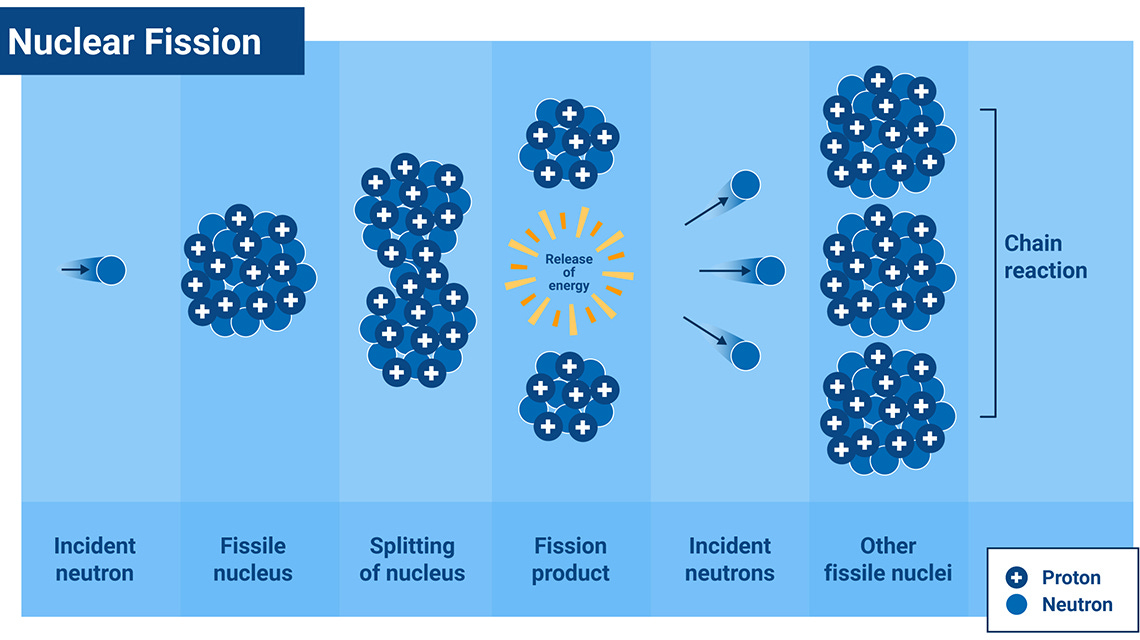
In February 2023, a brief national scandal erupted: Several students at a high school in Florida were accused of using a tool called “ChatGPT” to write their essays. The tool was four months old at the time, and it already seemed like a technology that, at the very least, students would try to cheat with. That scandal now feels incredibly quaint.
Immediately after that story broke, I filed 60 public records requests with state departments of education and a few major local school districts to learn more about how—and if—they were training teachers to think about ChatGPT and generative AI. Over the last few years, I have gotten back thousands of pages of documents from all over the country that show, at least in the early days, a total crapshoot: Some states claimed that they had not thought about ChatGPT at all, while other state departments of education brought in consulting firms to give trainings to teachers and principals about how to use ChatGPT in the classroom. Some of the trainings were given by explicitly pro-AI organizations and authors, and organizations backed by tech companies. The documents, taken in their totality, show that American public schools were wildly unprepared for students’ widespread adoption of ChatGPT, which has since become one of the biggest struggles in American education.
Last week, New York magazine ran an article called “Everyone Is Cheating Their Way Through College,” which is full of anecdotes about how generative AI and ChatGPT in particular has become ubiquitous in the education system, and how some students are using it to do essentially all of their work for them. This is creating a class of students who are “functionally illiterate,” one expert told New York. In the years since generative AI was introduced, we’ve written endlessly about how companies, spammers, and some workers have become completely reliant on AI to do basic tasks for them. Society as a whole has not done a very good job of resisting generative AI because big tech companies have become insistent on shoving it down our throats, and so it is asking a lot for an underfunded and overtaxed public school system to police its use.
The documents I obtained are a snapshot in time: They are from the first few months after ChatGPT was released in November 2022. AI and ChatGPT in particular have obviously escaped containment and it’s not clear that anything schools did would have prevented AI from radically changing education. At the time I filed these public records requests, it was possible to capture everything being said about ChatGPT by school districts; now, its use is so commonplace that doing this would be impossible because my request would encompass so many documents it would be considered “overbroad” by any public records officer. All documents and emails referenced in this article are from January, February, or March 2023, though in some cases it took years for the public records officers to actually send me the documents.
And yet, the documents we obtained showed that, in the early days of ChatGPT, some state and local school districts brought in pro-AI consultants to give presentations that largely encouraged teachers to use generative AI in their classrooms. Each of these presentations noted potential “challenges” with the technology but none of them anticipated anything as extreme as what is described in the New York magazine article or as troublesome as what I have heard anecdotally from my friends who are teachers, who say that some students rely almost entirely on ChatGPT to make it through school.
For example, the Louisiana Department of Education sent me a presentation it said it consulted called “ChatGPT and AI in Education,” made by Holly Clark, the author of The AI Infused Classroom, Ken Shelton, the author of The Promises and Perils of AI in Education, and Matt Miller, the author of AI for Educators. The presentation includes slides that say AI “is like giving a computer a brain so it can learn and make decisions on its own,” note that “it’s time to rethink ‘plagiarism’ and ‘cheating,’” alongside a graph of how students can use AI to help them write essays, “20 ways to use ChatGPT in the classroom,” and “Warning: Going back to writing essays—only in class—can hurt struggling learners and doesn’t get our kids ready for their future.” One graphic in the slide imagines a chatbot conversation where a teacher says “AI please grade my papers,” and the bot says “On it! Give me 30 seconds.” It also includes this slide:
New York City’s Department of Education initially banned ChatGPT before quickly unbanning it. Records obtained by 404 Media show that Project Recess, a “Google for Education Partner,” gave the education system a presentation called “ChatGPT: The Convenience and Challenge of A.I. in the Classroom,” which is about the “capabilities and potential benefits and challenges of using ChatGPT for education. By the end of the workshop participants will be able to start exploring ways to incorporate ChatGPT into their teaching.”
It notes ChatGPT is “similar to the personal computer, high speed internet, [and] the iPhone” and says “ChatGPT can assist students in improving their writing skills by providing suggestions on grammar, spelling, and style. Additionally, it can help students generate ideas and outlines for their writing assignments,” and suggests that teachers can use ChatGPT to “generate customized quizzes and exams for teachers to use in the classroom,” quotes a New York Times Kevin Roose article about ChatGPT’s “potential for mental health services,” and said it can be used “to evaluate student writing and provide feedback on grammar, sentence structure, and content.” It also does note the potential for cheating and plagiarism, but the presentation ends with a guide for teachers to request it to be unblocked in their classrooms.
The New York State Education Department, meanwhile, put together a relatively straightforward informational presentation called ChatGPT & Generative AI, which listed several generative AI concerns such as “How can we ensure students are submitting their own work? Will AI give students wrong or biased information? Are we still preparing students with the right knowledge and skills?,” and “What privacy concerns should my school be aware of and how can they keep students safe?” Missouri took a similar approach. The state department of education sent me a presentation it gave teachers called “Right-sizing ChatGPT/AI in the Secondary Classroom,” which was created by a University of Missouri assistant teaching professor. The presentation is level-headed about AI and suggests “simple tweaks that you can make to your existing assignments to engage students in the process of writing, assessing and giving feedback along the way” to teach them how to actually write.
The documents and emails I obtained also had a lot of administrators and teachers discussing how they felt about ChatGPT, and in some cases showed that state departments of education had not thought about ChatGPT even after it became popular.
In California, when the principal of a school asked the state if it had curricula or frameworks for how it should think about ChatGPT, they were told “unfortunately, the topic of ChatGPT has not come up in our circles” and “I am not aware of any plans to develop a framework in this area.” When a California public information officer sought details from one of his colleagues about what the state was doing about ChatGPT in schools, or how the state was thinking about it, his colleague said “I have never heard of ChatGPT prior to your email. I am not aware of discussions among educators and teachers about this program.” These specific emails were from January and February 2023, which was soon after ChatGPT launched, but even then, it was a phenomenon, and experts and teachers were warning about how it would change teaching.
In Idaho, one of the state’s heads of curriculum told a colleague in an email that ChatGPT “is AMAZING and can be used in so many ways for teachers. Writing letters to parents, writing letters of recommendations for students, and giving unit and lesson ideas.” The colleague wrote back saying they were concerned because “it can be prone to factual errors or biases in its generated responses, and that “The people who'd need the most help with planning are the ones who probably wouldn't catch any problematic stuff the bot generates.” The head of curriculum wrote back “it's kind of like Wikipedia‐ some people think it is the worst thing to ever happen but really it is one source and actually a fairly decent one. The more it is used, the better it gets,” then explained that they tested having it make a quiz. “I bet when spell check came out teachers went crazy as well. But I know I for one would not want a world without it!”
Another email shows that a Michigan department of education worker sent a TikTok about using ChatGPT in schools to a curriculum coordinator in Idaho, who responded “That is some serious application…I love it!” An administrator in Missouri told colleagues that ChatGPT is “quite incredible. When we google a question we typically get multiple sites that we have to sort through to find the answer. This website uses artificial intelligence software to sort through websites and articles and literally just gives you the answer to your question.”
In Minnesota, an education department worker told colleagues that “ChatGTP [sic] is creating some buzz in education circles,” then shared a screenshot of a ChatGPT conversation in which he asked it “Explain how AI may impact education.” “It’s here and free for anyone to use,” he said. In Mississippi, a teacher undergoing coaching was taught how to use ChatGPT to make quizzes and activity plans.
Vermont appeared to be a bit more forward thinking, with a teacher proactively reaching out to the state department of education to say they wanted to put together tools for teachers about the risks of ChatGPT: “I was initially only thinking about doing this for my local district, but I believe there is a larger need. The vast majority of educators are ignorant about this technology … Readily accessible AI can already generate whole essays on nearly any topic, and so it is understandable that educators are concerned about the implications for VT students,” they wrote. “The best teaching strategies and practices already mitigate many of the concerns this tech raises. I’d like to help teachers understand what those are, and what it means to teach in a way that asks students to do more than simply generate formulaic content that a machine can spit out in seconds. At the same time, I’d like to assist teachers in thinking about ways to help students interact with content generators in healthy and responsible ways—as is our obligation as educators. The tech is here to stay; we can’t hide from it or ignore it. What we can do, however, is use it as an opportunity to remind ourselves what high-quality teaching looks like.”
In New Hampshire, a district superintendent told administrators at schools that their current ways of teaching were likely to get “overwhelmed” by AI: “ChatGPT is merely an example of how AI is now (currently, not soon) impacting content creation — including research and writing,” he wrote. “As we work on curriculum alignment among our schools, then move from there into instruction and assessment, we CAN NOT continue to embrace traditional notions of instruction and assessment. Not ‘shouldn’t’ — ‘can’t.’ There are some obvious strategies that our educators can employ; others will not be so obvious. This is important, and even if you feel like we are drinking from a firehouse already, we don’t have any choice but to engage on these challenging, disruptive ideas.”












